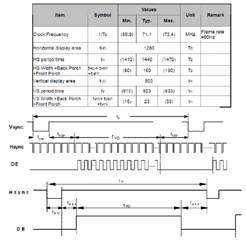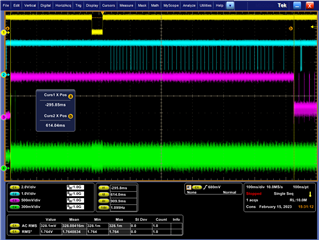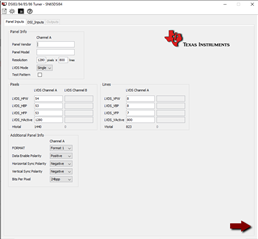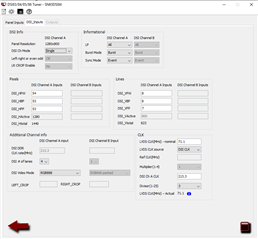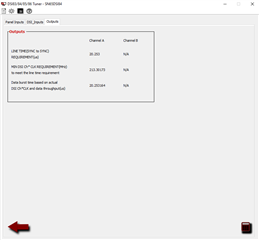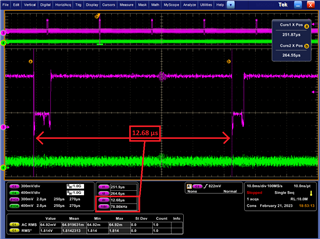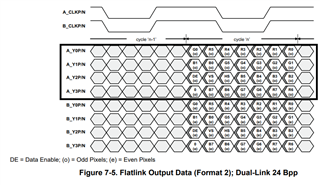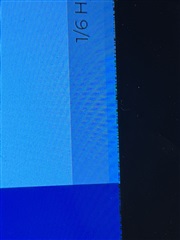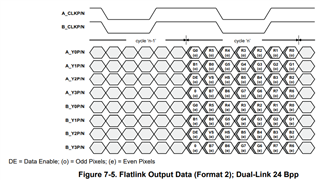Other Parts Discussed in Thread: DSI-TUNER,
Hi,
I have a flickering issue with my LVDS LCD panel
I follow the datasheet about sequence initilization and the DSI tuner to configure all the registers
Unfortunately, I still have the flickering issue
- Picture, 36:
CH3 = LVDS_DATA0CH4 = DSI_CLK
- Picture, 37 to 39
CH3 = LVDS_DATA0CH4 = DSI_DATA0



